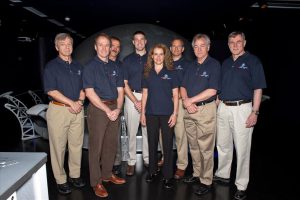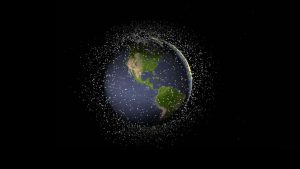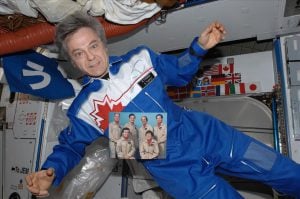
Exploration
Canadian Space Agency astronaut profiles
The men and women that have become part of Canada’s space team
- 1067 words
- 5 minutes
This article is over 5 years old and may contain outdated information.
Science & Tech

For researchers studying atmospheric space winds, Eureka, Nunavut might as well be the top of the world.
But Samuel Kristoffersen doesn’t often see the Ellesmere Island’s so-called “garden spot of the Arctic” in good light. In fact, the things he’s searching for are best seen in darkness so thick that even a full moon can be an annoyance.
The physics PhD student spends most of his time tinkering with instruments focused on an upper region of the atmosphere formerly referred to as the “ignorosphere” among researchers due to the difficulty in observing the area.
But Kristofferson and his supervisor William Ward are discovering that observing tidal winds in the mesosphere could help to predict long term climates, as well as the effects of greenhouse gases on climate change.
Tidal winds operate similarly to tides in the ocean as they ebb and flow near the edges of outer space, but they are controlled by the heat radiating from the sun. The tides, which cause dominant 12-hour shifts, can cause winds of up to 200 km/h.
But these winds can also be affected by buoyancy waves, winds propelled upwards from closer to the earth by things like storms or geographic features such as mountains. They can cause things like turbulence in airplanes.
Ward and Kristofferson use instruments installed in the Polar Environment Atmospheric Research Laboratory (PEARL) in Eureka and, for the most part, control them remotely from the University of New Brunswick. One of the machines examines the brightness of the air glow in the region, which Ward says changes like ripples on a pond. The other measures the speeds of these upper region winds, and Ward and some of his students are currently developing instruments that measure different wind interactions with far more precision. This, in turn, will give them a more complete sense of the structure and mechanism of the area.
“If we can’t understand what’s going on now, then we can’t tell if there are any changes going on,” Ward says. He also says that greenhouse gases like carbon dioxide have a cooling effect on this upper atmosphere by allowing more energy to radiate out into space. But it’s uncertain what the overall result of this will be on the earth’s climate.
Projects and instruments like these rely on the accumulation of a wealth of research, but two years ago, PEARL was almost closed due to discontinued government funding. “These things take years to establish and you can’t just set them up again when they’re gone,” Ward says.
Ward says Canada is currently one of the four or five countries that have developed these whole atmosphere models that allow them to predict climate more accurately. “There are capabilities in Canada that we’re in danger of losing in the next few years,” he says.
But for now, the studies are slated to continue until 2017 in Eureka where Ward periodically sends PhD students like Kristoffersen to make adjustments and sometimes temporary repairs to instruments thousands of kilometres from the nearest hardware store.
Are you passionate about Canadian geography?
You can support Canadian Geographic in 3 ways:

Exploration
The men and women that have become part of Canada’s space team

Environment
Michel Doyon, manager of flight and systems operations at the Canadian Space Agency, walks us through what space debris is and its impact on Canada

Exploration
The significant CSA events since Alouette’s launch

Exploration
A conversation with Canadian astronaut David Saint-Jacques, who is getting ready to travel to the International Space Station